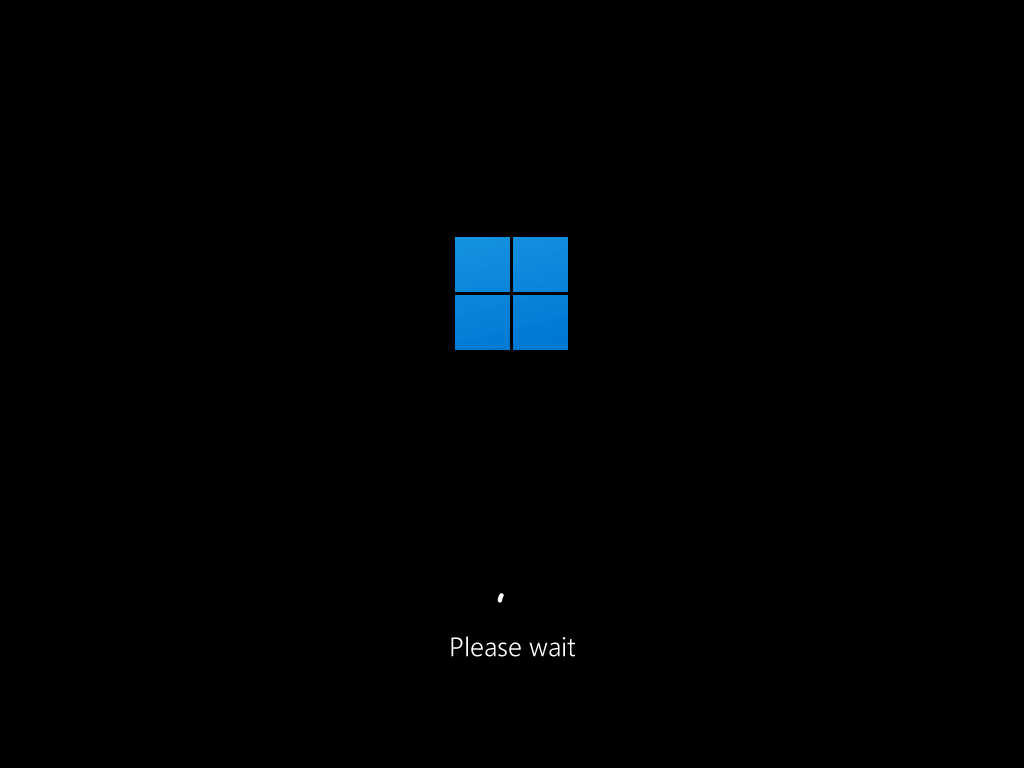1. Restart Your Computer
A the easiest methods to boost productivity can be accomplished by performing a system restart. This removes storage and addresses stability difficulties.

2. Disable Startup Apps
Turn off unnecessary applications from launching automatically when the system starts to clear up computer resources.
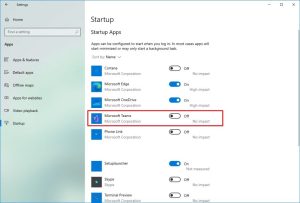
3. Disable Apps Relaunch on Startup
Disable this functionality which reboots software from your previous session once you restart.
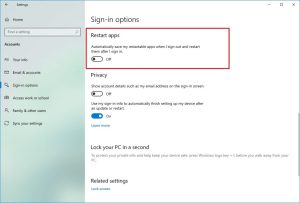
4. Disable Background Apps
Disable apps from functioning behind the scenes when not being used to economize on resources.
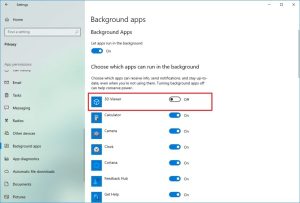
5. Uninstall Non-Essential Apps
Uninstall unnecessary software and programs that are not in use to make more room and hardware capabilities on your device.
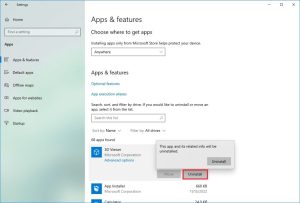
6. Install Quality Apps Only
Download applications from reliable origins that receive good feedback and fine-tuned for Windows 10.

7. Clean Up Hard Drive Space
Utilize Storage options to get rid of temporary and superfluous files to retrieve space.
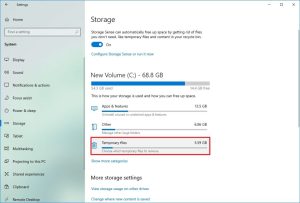
8. Use Drive Defragmentation
Organize the data on your hard drive for improved data accessibility and enhance efficiency.
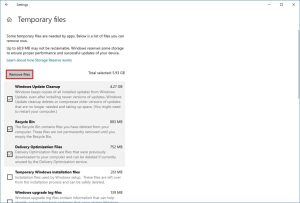
9. Configure ReadyBoost
Utilize a USB stick or storage card for caching files and enhance overall system speed.

10. Perform Malware Scan
Perform a complete virus check utilizing Windows Defender or any reputable virus protection software.
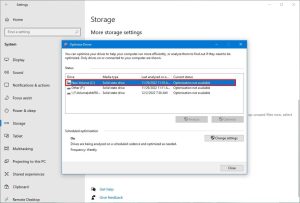
11. Install Latest Updates
Maintain your computer updated using the most recent Windows 10 upgrades to enhance speed and protection.
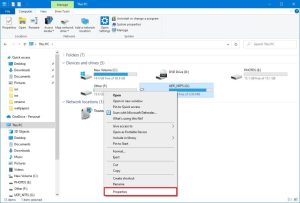
12. Shift to Top-Speed Energy Plan
Choose the superior performance configuration so that your PC can to function at its maximum capability.
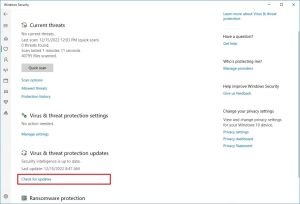
13. Disable System Visual Effects
Disable superfluous graphical enhancements in order to conserve computer resources and boost reactivity.
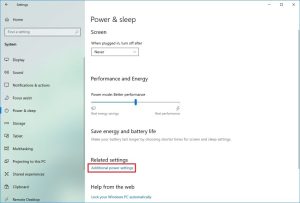
14. Disable Search Indexing
Omit certain areas from search results to avoid excessive use of resources.
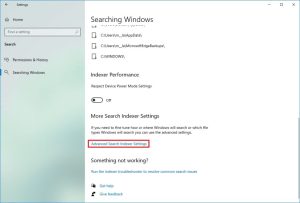
15. Increase Page File Size
Modify the virtual memory size for enhancing overall system efficiency, specifically on machines with low system memory.
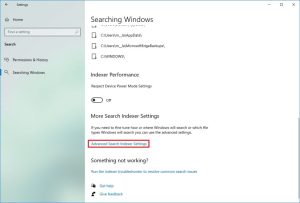
16. Restore Previous Working State
Utilize System Restore to roll back adjustments that might be leading to productivity issues.

17. Repair Windows Setup Files
Utilize DISM as well as SFC CLI tools to resolve corrupted operating system files.
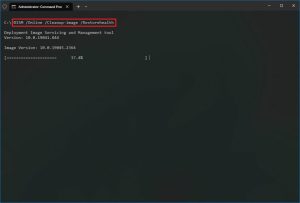
18. Reset Device to Factory Defaults
Reboot your computer to original settings to start over and boost performance.
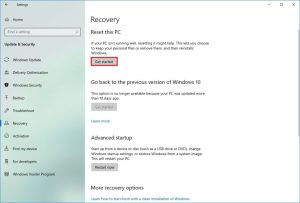
19. Upgrade to Faster Drive
Think about upgrading to a faster storage device for enhanced data access speed and enhanced overall efficiency.
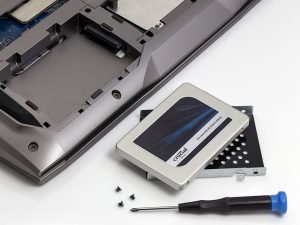
20. Upgrade System Memory
Upgrade the RAM on your computer when it has insufficient memory and facing issues with multitasking.
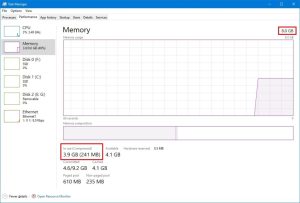
By obeying these techniques, you can enhance and boost the speed of your Windows 10 PC. It will improve the speed of and increase responsiveness for your daily activities and undertakings. Don’t forget to decide on the advice that fit well with your preferences and device specifications. With a small effort, it is possible to substantially upgrade how well your PC performs. There are no requirement for another system.








